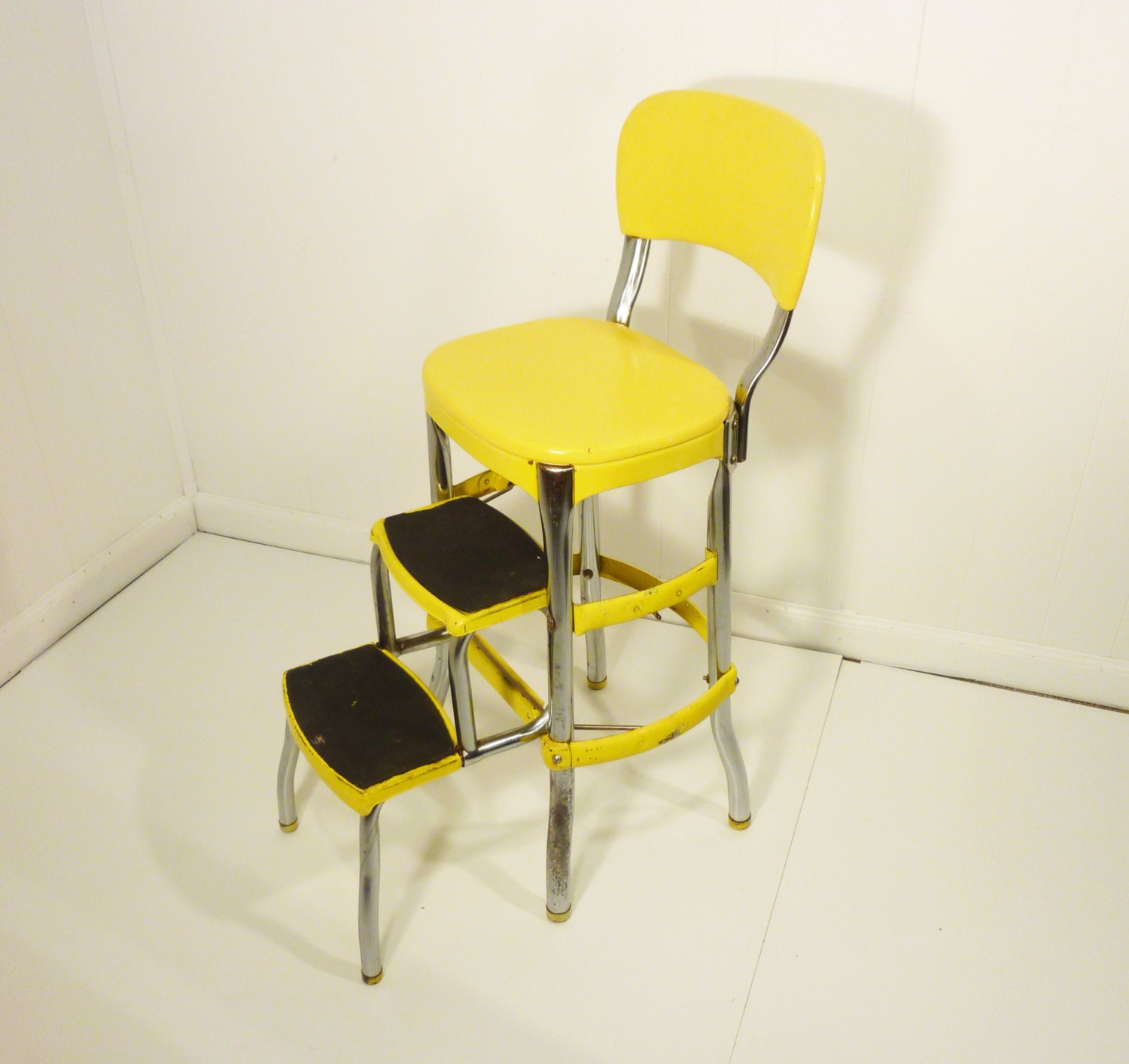Sourcing and Care of Black Retro Step Stools: Black Retro Step Stool Chair

The hunt for a genuine black retro step stool is a treasure hunt, a journey into the past where design and function intertwine. Finding these charming pieces requires patience and a keen eye, but the reward is a unique addition to any home, a piece imbued with history and character. This section will guide you through the process of sourcing these delightful objects, and then preserving their timeless appeal.
Locating Authentic Vintage Step Stools, Black retro step stool chair
Discovering authentic vintage black retro step stools requires exploring a variety of avenues. Antique shops, those havens of forgotten treasures, often hold hidden gems waiting to be rediscovered. Their knowledgeable owners can often provide insights into the age and origin of potential finds. Online marketplaces, teeming with a vast array of items, offer a wider reach, allowing you to browse collections from across geographical boundaries. Regularly checking these sites can uncover unexpected treasures. Finally, auctions, both online and in person, present an exciting opportunity to acquire unique pieces, sometimes at surprisingly affordable prices. However, caution is advised; careful inspection is crucial to avoid reproductions. Authentic vintage pieces often exhibit signs of age, such as minor imperfections, unique paint variations, or subtle wear patterns. Reproductions, while often well-made, generally lack this patina of age and history.
Cleaning and Maintaining Black Retro Step Stools
The care and maintenance of your black retro step stool depend heavily on the materials used in its construction. Wood, metal, and plastic each require a different approach to cleaning and preservation. For wooden stools, a gentle dusting with a soft cloth is usually sufficient for routine cleaning. For more stubborn dirt, a damp cloth with a mild soap solution can be used, ensuring the wood is thoroughly dried afterward to prevent damage. Metal stools, often more durable, can be cleaned with a slightly more robust approach. A damp cloth with a mild detergent can effectively remove dirt and grime. For more persistent stains, a non-abrasive metal cleaner can be employed, followed by thorough rinsing and drying. Plastic stools, being the most resilient, are generally easy to clean. A damp cloth with mild soap is usually adequate, but stronger cleaners can be used for more stubborn stains, again followed by thorough drying.
Restoring Damaged Black Retro Step Stools
Restoring a damaged black retro step stool can be a rewarding project, breathing new life into a cherished piece. The process involves several steps, depending on the extent of the damage.
- Assessment: Carefully examine the stool to identify the type and extent of damage. This includes assessing structural integrity, paint condition, and upholstery (if applicable).
- Repairing Minor Damage: Minor cracks in wood can often be repaired with wood glue and clamps. Loose screws should be tightened, and any wobbles addressed by reinforcing joints.
- Repainting: If the paint is chipped or faded, consider repainting the stool. Start by gently sanding the surface to create a smooth base for the new paint. Apply a primer before applying several thin coats of paint, allowing each coat to dry completely. Consider using a paint type appropriate for the material of the stool.
- Reupholstering: If the stool has upholstery, and it is damaged, reupholstering may be necessary. Carefully remove the old upholstery, measure the new fabric, and cut it to the appropriate size. Use a staple gun to secure the new fabric to the frame. Consider using foam padding underneath the fabric for added comfort.
